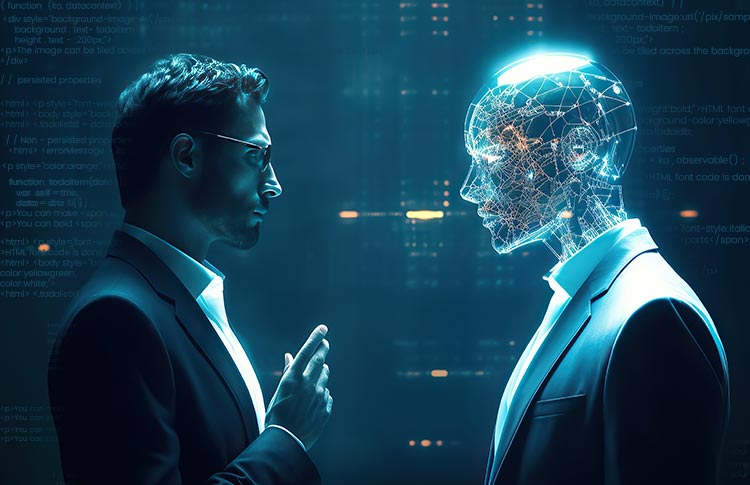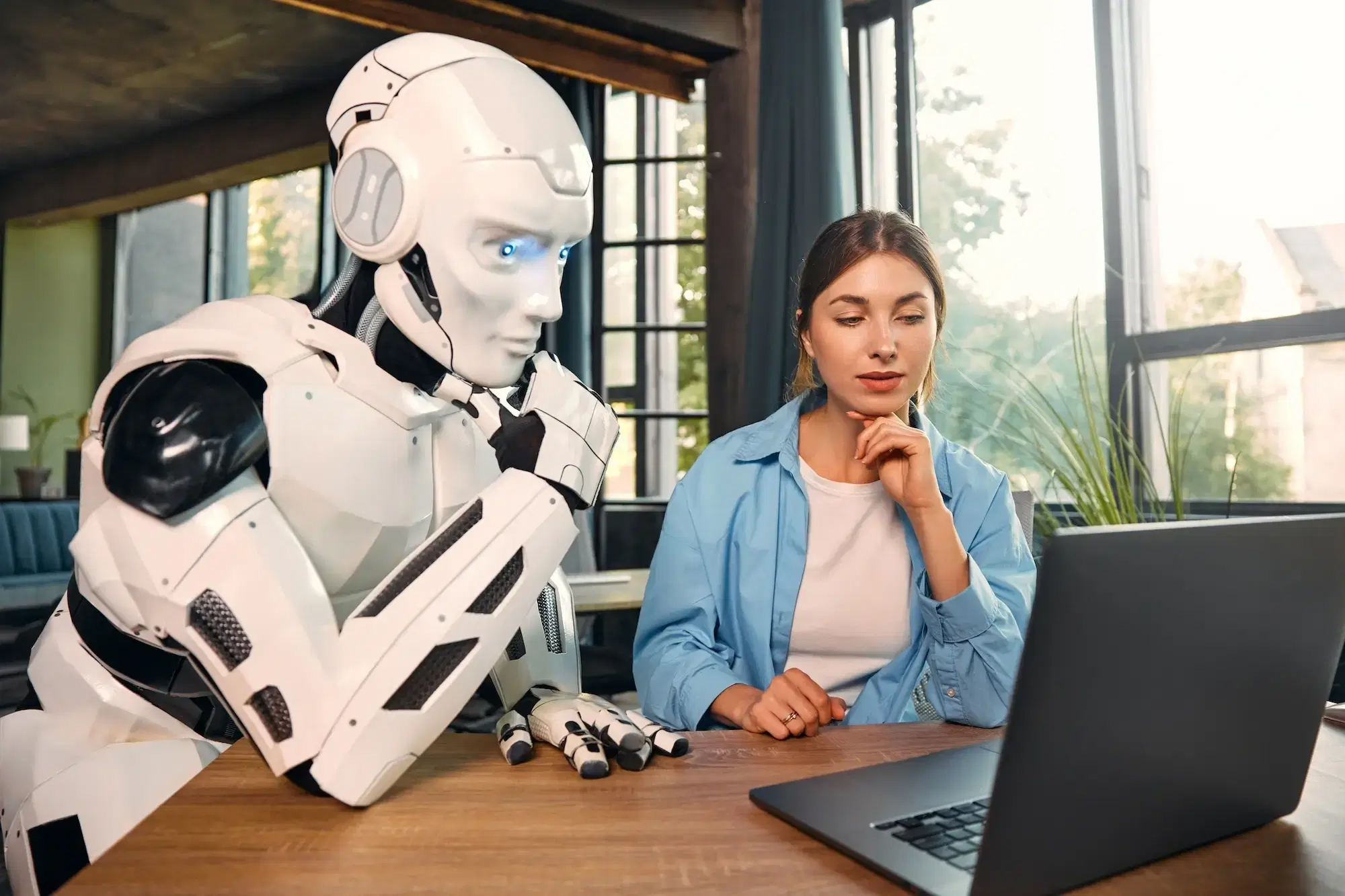Generative artificial intelligence (AI) and machine learning have exploded into mainstream awareness over the past two years, promising speed, efficiency and automation at a scale never seen before. In cybersecurity, that promise is both exciting and unsettling – so it’s not surprising that employers are asking whether AI will make human analysts redundant or help them become more effective?
The reality is far more nuanced – and much more promising for organisations willing to hire the right people.
Where AI excels
AI technologies already play an important role in modern security operations centres (SOCs). Their biggest strengths lie in:
- Detection at scale: AI can sift through millions of logs, events and transactions per second – a task no human team could feasibly match.
- Pattern recognition: Machine learning models identify anomalies and correlations that would take analysts hours or even days to spot.
- Tier 1 alert triage: By filtering out false positives and prioritising alerts, AI reduces alert fatigue and frees up analysts for higher-value work.
These capabilities make AI an indispensable tool for defending against today’s fast-moving threats.
Where humans still win
Despite the hype, AI has clear limitations. Successful cybersecurity programs continue to rely on skilled analysts who bring:
- Contextual judgement: AI might flag suspicious behaviour but it cannot fully grasp business priorities, compliance obligations or reputational risks.
- Adversarial thinking: Hackers are creative, adaptive and unpredictable. Human analysts excel at thinking like an adversary, anticipating moves and finding weak spots.
- Risk communication: Ultimately, boards and executives don’t want raw data – they want business risk translated into plain language and clear recommendations. Only humans can bridge that gap.
In other words, analysts remain central to decision-making, strategy and response.
The future: Partnership, not replacement
The emerging model is not ‘AI vs. analyst’ but ‘AI + analyst’. Forward-thinking employers are recognising AI as a force multiplier:
- Analysts become more strategic, focusing on proactive threat-hunting, red-teaming and resilience planning.
- AI takes care of the repetitive, time-consuming tasks, allowing analysts to spend more time adding real business value.
- Teams can scale faster and defend against sophisticated threats without dramatically increasing headcount.
This hybrid future is already unfolding across leading enterprises and government agencies.
What this means for employers
For organisations building cybersecurity and IT teams, the hiring focus should shift. Rather than fearing that AI will reduce the need for staff, employers should:
- Hire analysts who are comfortable with AI tools – people who can interpret, validate and act on AI-driven insights.
- Look for adaptability – candidates who are eager to learn, evolve and integrate new technologies into their workflows.
- Prioritise communication and strategic thinking – the skills AI cannot replicate, and which become even more important as automation grows.
The bottom line: AI isn’t replacing cybersecurity talent – it’s reshaping the skills mix. Employers who invest in people who can partner with AI will be best-placed to stay secure, compliant and competitive.



